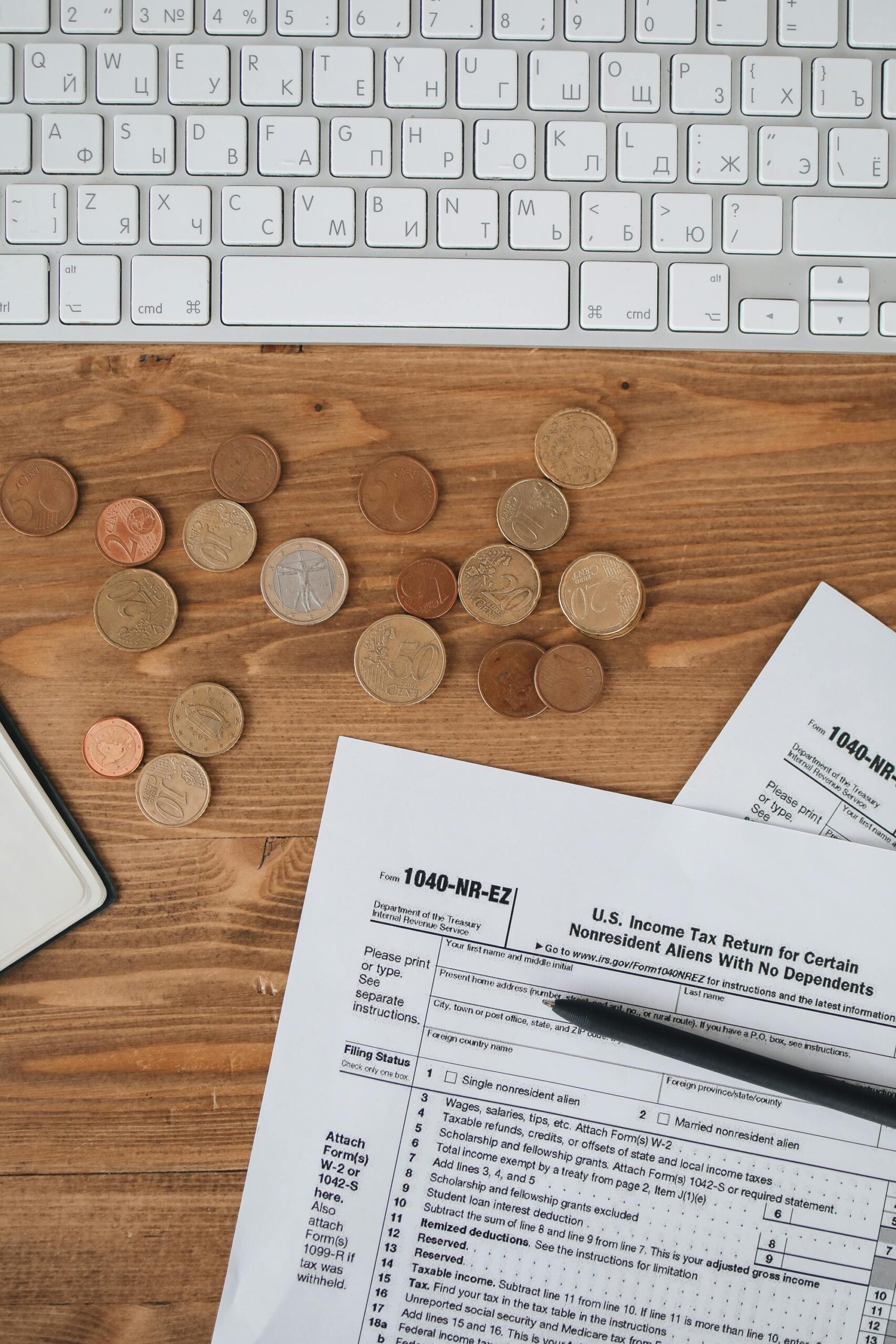
The Australian Federal Budget 2025, delivered on March 25 by Treasurer Jim Chalmers, arrives at a pivotal moment—just weeks before the federal election. With global economic headwinds like potential U.S. tariffs and ongoing inflation pressures, this budget outlines a path toward stability and growth. Titled “A Plan for a New Generation of Prosperity,” it balances fiscal responsibility with targeted support for households and businesses. Total spending is projected at A$785.7 billion, returning to a deficit of $27.6 billion after recent surpluses. Yet, as Chalmers noted, Australia’s low debt levels position it well amid international uncertainty. This document not only sets the fiscal agenda but also signals the government’s priorities ahead of the polls.
Unpacking the Australian Federal Budget 2025: Tax Relief Takes Center Stage
At the heart of the Australian Federal Budget 2025 are ambitious tax cuts designed to ease the burden on everyday Australians. Starting July 1, 2026, all taxpayers will benefit from a reduction in the lowest marginal tax rate from 16% to 14%, with further adjustments in 2027. These changes, costing $17.1 billion over three years, aim to boost disposable income and stimulate spending. For a worker earning $50,000 annually, this could mean an extra $300 in their pocket each year—modest but meaningful in a cost-of-living crunch.
Beyond personal taxes, the budget extends energy bill relief through the Energy Bill Relief Fund until the end of 2025. Households and one million small businesses will receive an additional $150 rebate in the second half of the year, building on previous measures to combat rising utility costs. These initiatives reflect a broader commitment to cost-of-living support. It with public demand growth forecasted at just 3% in 2025-26 to avoid fueling inflation.
For businesses, the focus shifts to productivity and regional investment. Refreshed programs prioritize manufacturing and small enterprises, including incentives for clean energy and green metals production. The Australian Competition and Consumer Commission (ACCC) gets $7.1 million over two years to enforce the Franchising Code, offering indirect aid to franchise operators. These steps, while not revolutionary, provide continuity in an election-year budget wary of bold overhauls.
The Australian Taxation Office (ATO) also sees a funding boost of nearly $1 billion over four years to enhance compliance, particularly among multinationals and large taxpayers. This could yield up to $2.5 billion in recovered revenue, underscoring the government’s push for a fairer system. According to detailed projections from the official budget papers, these efforts contribute to trimming deficits by $5.9 billion in the headline cash balance compared to earlier estimates.
Housing, Health, and Beyond: Broader Impacts of the Australian Federal Budget 2025
Housing affordability remains a flashpoint, and the budget delivers concrete action. A two-year ban on foreign persons buying established dwellings starts April 1, 2025, freeing up stock for locals amid the crisis. Enforcement gets $5.7 million, plus $8.9 million for audits on land banking by overseas investors. The Help to Buy scheme expands with $800 million, helping 40,000 first-time buyers access homes with lower deposits. Coupled with the National Housing Accord’s push for 1.2 million new dwellings, these measures aim to ease rental and purchase pressures.
In health, $7.9 billion over four years expands bulk-billing incentives. It covering all Australians and launching a new practice program to encourage GP clinics to forgo gap fees. This addresses wait times and access issues, especially in rural areas. Education sees a one-off 20% reduction in HELP/HECS debts before June 2025 indexation, wiping $16 billion from three million accounts—a lifeline for graduates facing stagnant wages.
Environmental commitments include at least 1% of the budget ($17 billion) for green initiatives. As pushed by the Greens, though details await parliamentary negotiation. Superannuation reforms like Payday Super and the $3 million cap remain on track, with no new surprises here. Economically, GDP growth is tipped at 2% for 2025-26, with unemployment steady at 4.2%. Challenges persist, including NDIS cost blowouts and defense spending hikes, but the budget’s restraint—deficits narrowing over the forward estimates—signals prudence.
Critics, including ACT Senator David Pocock, argue it falls short on regional infrastructure. While economists like those at KPMG praise the alignment with mid-year forecasts. For businesses, the lack of major tax hikes offers breathing room. It though reforms like foreign resident CGT deferrals to late 2025 create planning windows.
As Australia navigates election season and global volatility, the Australian Federal Budget 2025 stands as a pragmatic blueprint. It prioritizes relief without recklessness, fostering hope for sustainable prosperity. With tax cuts flowing soon and housing tweaks underway, many families may feel tangible benefits by mid-year. Yet, its true test lies in implementation and post-election adjustments—watch this space as headlines evolve.






